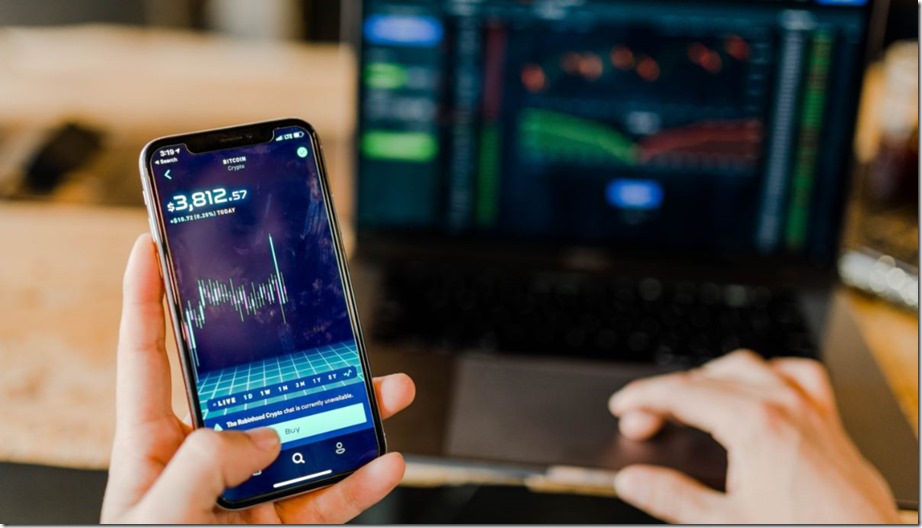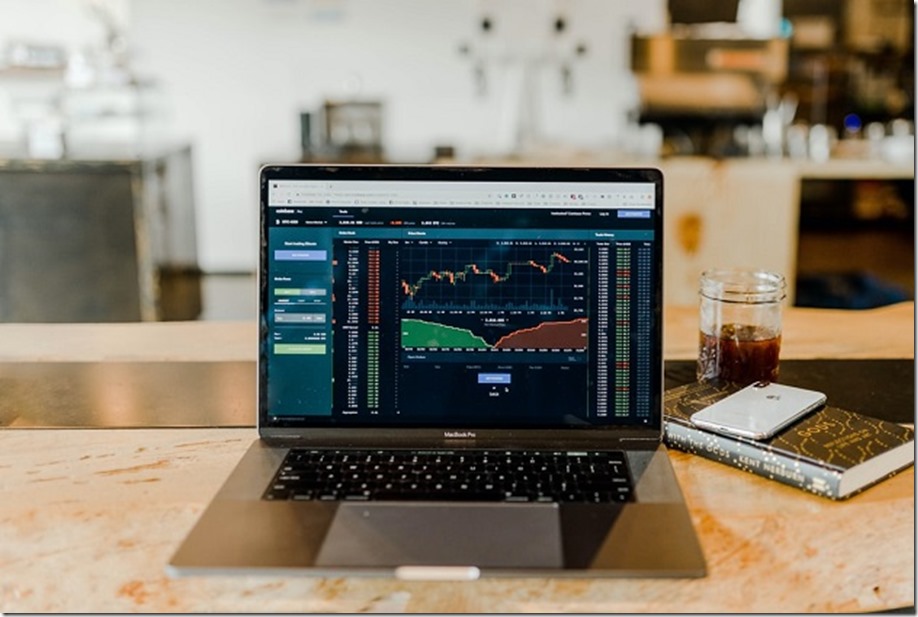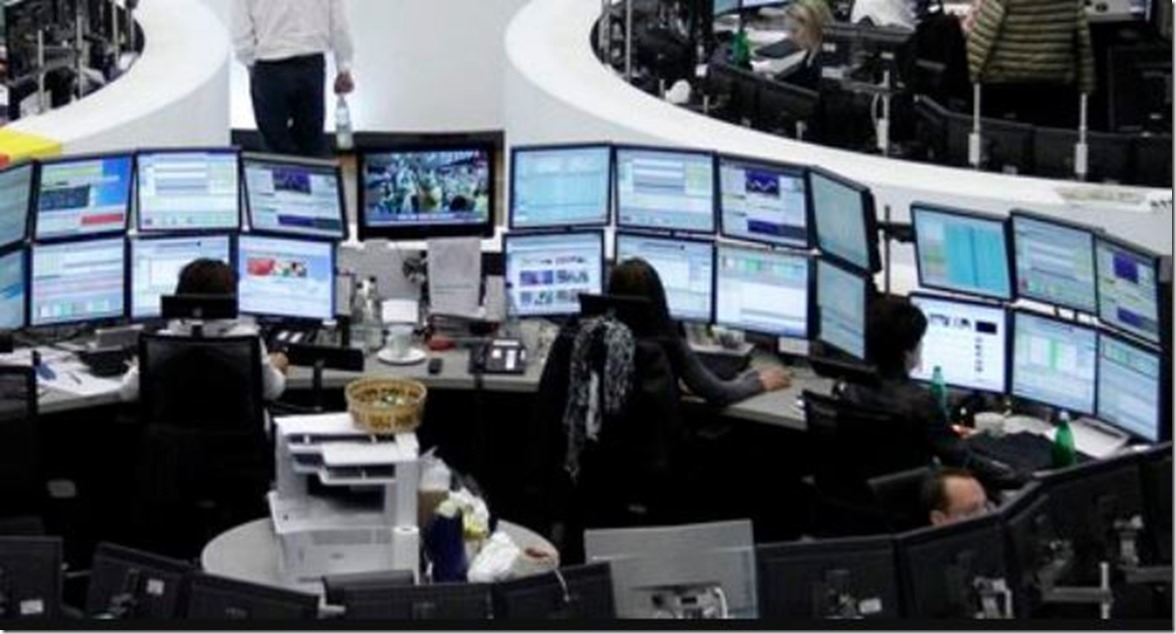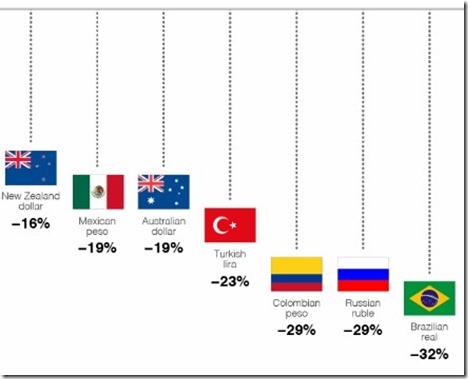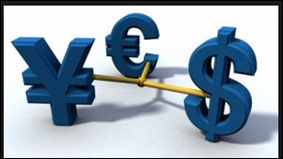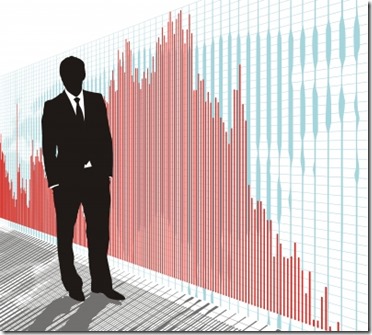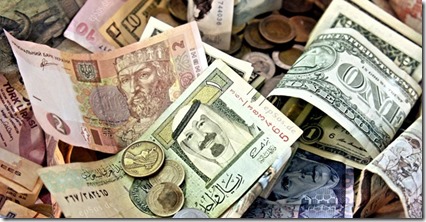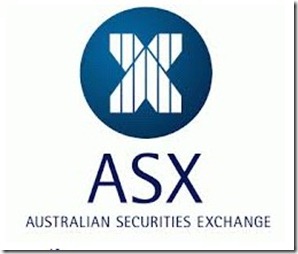Most people consider trading as an easy job where you just need to buy and sell and you will get tons of money by which traders buy expensive stuff. Even in Hollywood movies, they show traders like this and people often do not get to know how trading is. Trading ads what you are going to find but when you are surfing the internet is like you just need to click and you will be in profit. But if you also consider trading like this then you are still in a dream. There are lots of variables goes through in traders mind and this profession is not as easy as it looks in ads and movies. Controlling your emotion is the hardest task when you are a trader. In this article, we are going to talk about the ways how you may able to control your emotions.
The ups and down
Think out the first day when you ride on a rollercoaster and how was the feeling that time. We know it was scary so you can consider the trading market like riding a rollercoaster because you do not know when and where the next turn can take. So when you are in the trading industry you must have to be able to deal with losing as well as winning and sometime it may occur within few seconds and this is the hardest part to keep your mind focused no matter how well or worst the situation is. To become a winning trader in Australia, you must need to take this type of pressure very easily and without this, you cannot go far just with the best trading strategy in the world. So your first step of becoming a winning trader has to be mastering your own emotions so that it can’t control your decisions.
Research the market
You are going to invest your money with Saxo markets, so at first, you just need to know the market well enough so that you can make buy and sell decisions very confidently. This will also help you to control your rollercoaster trading life. For example, you may be thinking about investing in a certain company and if you have a clear view about that market then you may buy or sell that companies share confidently as you know everything about that company. So knowing about the market make you more sensible and you can make a more effective trading plan and can act accordingly. People who trade bonds online knows exactly how they should research the market data. So, develop your researching ability.
Follow some successful traders
Here following does not mean coping a successful trader rather than we are trying you to research a few successful traders. How they make their trading decisions, which indicators they prefer, how they manage their risk, and from where they collect financial news. So once you get to know these things it will help you to find your own lacking and you may work on them and which will help you to boost your trading career.
Losing money is natural
You will not find any trader in the world who has a 100% winning rate in trading and so you have to understand that losing money is ok here and it is not a bad thing. You cannot avoid it no matter how good you do your analysis and how good is your knowledge you will lose now and then in this market. But the key thing that you have to do when you are losing is that you need to find out the reason you lose and work on them so that it will not repeat. Keep in mind that even if you are winning 55% of your trades then you are doing just fine and you don’t need to be tensed.
People often get emotional no matter he is earning money or losing money and earning money can make you overconfident and losing money can make your confidence level very low. So you need to control your emotion and don’t let emotion control you.
